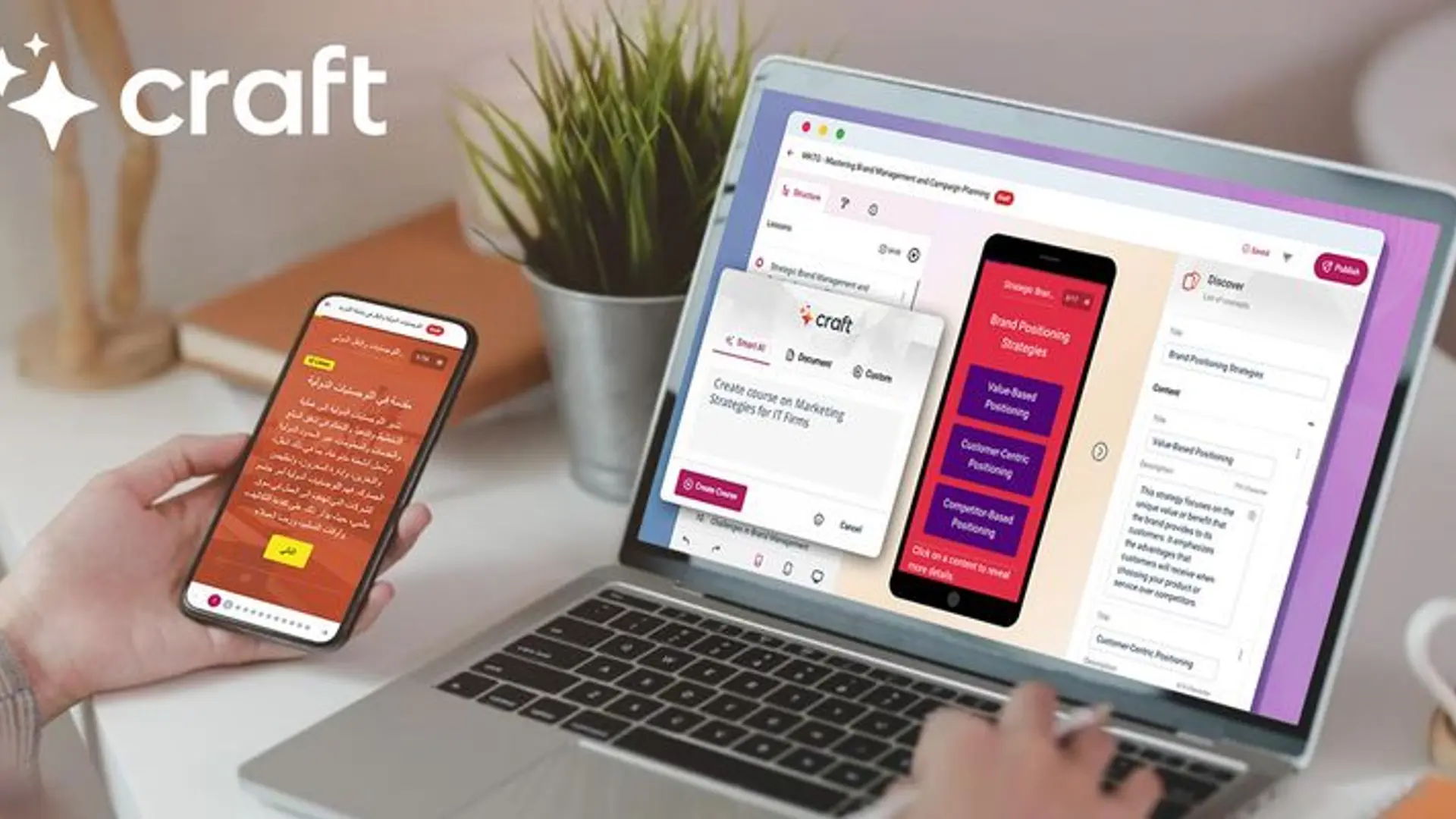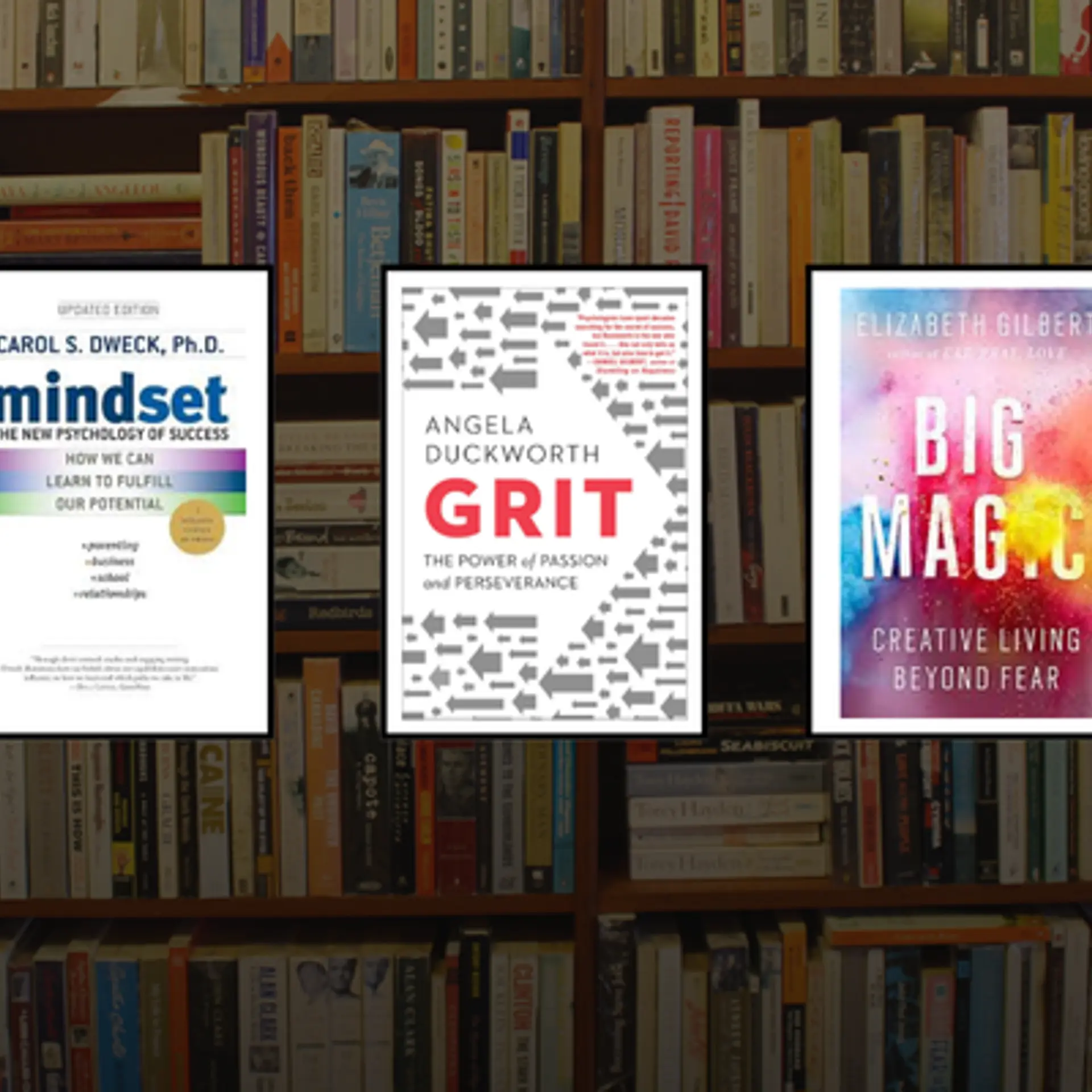Liquid Revolution: Is India Saying Buh-Bye to Bar Soap?
Despite the overall FMCG sector experiencing sluggish growth, certain segments are making waves, particularly in the home and personal care categories. Rise of liquid detergents and fabric softeners is a testament to this shift, painting a picture of evolving consumer preferences & market dynamics.
The past couple of years have been challenging for many FMCG companies, with growth numbers often falling short of expectations. For instance, Tata Consumer Products reported a 19% drop in net profit to Rs. 217 crore in Q4, while Britannia saw a 3.8% decline, bringing their net profit down to Rs. 536 crore. Despite these setbacks, the story within the home and personal care segment tells a different tale.
The Rise of Liquid Products
In 2023, liquid fabric softeners and washes welcomed 10 million new customers, marking a significant shift in consumer behavior. Liquid washes grew by an impressive 20%, and liquid fabric softeners by 13%. This surge can be attributed to several key factors:
Premiumisation Trend
The FMCG industry is experiencing a premiumisation trend, where consumers are increasingly gravitating towards higher-end products. Brands are capitalising on this by launching new liquid detergents and fabric softeners that promise superior performance and convenience. These products, while more expensive, are perceived as better value, driving their adoption.
Rising Affluence
As incomes rise, so does the demand for non-essential, premium products. Between 2014 and 2023, the ownership of washing machines in India increased from 8% to 22%. This has, in turn, driven a 35% annual growth rate in the volume of washing liquids, as more households opt for these efficient and convenient cleaning solutions.
The E-commerce Boom
E-commerce has revolutionised the way consumers shop, with its contribution to total FMCG sales rising to 12-14%. The online platform offers broader visibility and caters to higher ticket-size orders. FMCG companies are taking this channel seriously, tailoring their product packaging to meet the demands of e-commerce shoppers.
The Brand Push
Innovation in product offerings is a key growth driver. Historically, there has been a shift towards more efficient and convenient options. For instance, washing products have evolved from soap bars to powders and now to liquids. Similarly, oral care has progressed from toothpaste to toothpaste and mouthwash, and dishwashing has transitioned from bar soap to liquid detergents and dishwasher tablets. These advancements not only cater to consumer convenience but also drive company growth due to their premium pricing.
Challenges and the Road Ahead
Despite the promising growth of liquid products, their penetration is still under 2% compared to the 90-95% penetration of traditional soaps. However, this is expected to change as more consumers become aware of the benefits and convenience of liquid detergents and fabric softeners.
FMCG giants also face challenges from an increasingly conscious consumer base and the surge of direct-to-consumer (D2C) and local brands post-COVID. These smaller, agile competitors are offering unique value propositions, often at competitive prices, making the market more dynamic and challenging for established players.
The Liquid Revolution is Here
The liquid revolution in India's home and personal care segment is just beginning. With rising affluence, the premiumisation trend, the e-commerce boom, and continuous brand innovation, liquid detergents, and fabric softeners are poised to become the new normal. While traditional soaps and detergents still dominate, the tide is turning, and the future looks liquid.
As consumers continue to prioritise convenience, efficiency, and premium experiences, the FMCG landscape will undoubtedly evolve. Brands that can adapt to these changing preferences and offer innovative solutions will lead the charge in this liquid revolution.
Edited by Rahul Bansal







